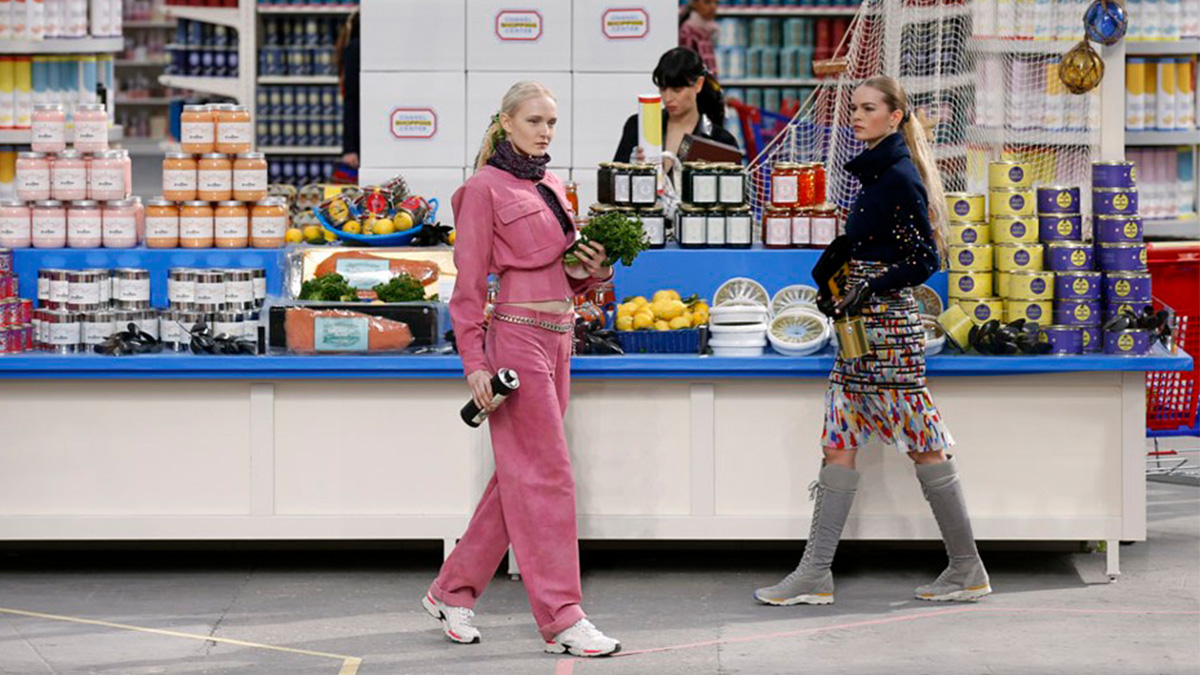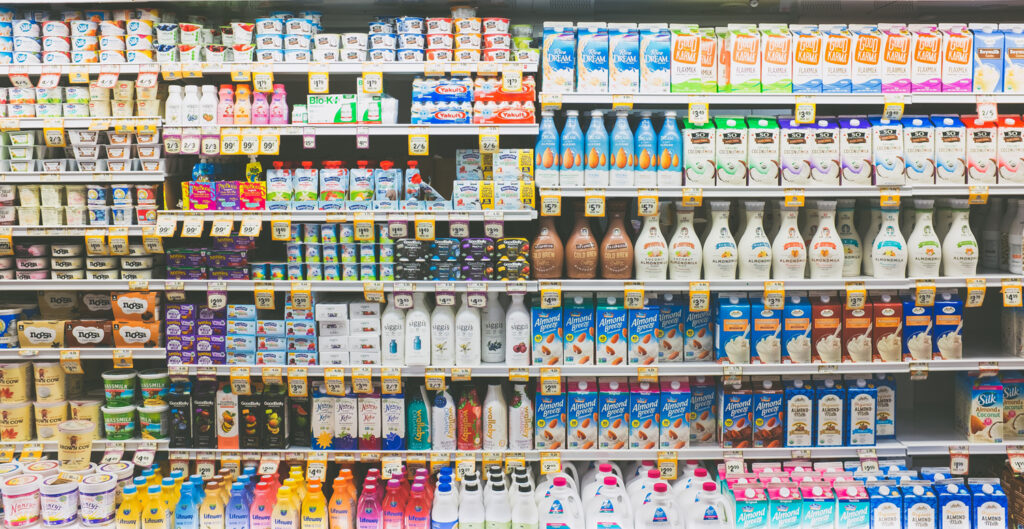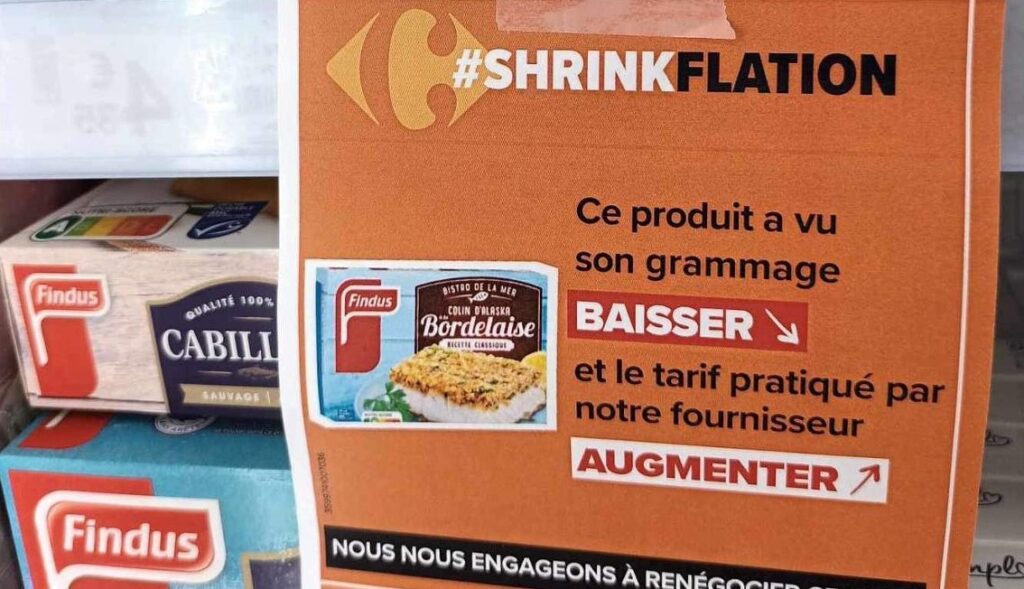Click here to read the Spanish version.
If you see smaller and smaller products in your favourite supermarket, don’t worry, this is not a magical effect or an isolated case, but a new economic trend: ‘shrinkflation‘.
Socio-economic dynamics derive from cyclical phenomena that usually emerge from the cradle of one of the world’s great powers, the United States. The origin of this new trend composed of the acronym shrink and inflation, was born precisely in the same country in response to the era of ultra-inflation in the global economy, which in turn increases poverty and social inequality.
The market responds to this controversial paradigm through a strategy based on ‘inflationary retrenchment‘ to combat a number of issues such as rising raw material costs, supply chain delays and post-pandemic wage increases. Shrinkage, a common practice at least since the 1950s, is now returning to the food industry, which is resorting to shrinkage to maintain profits.
Shrinkage inflation
From toilet paper to bags of crisps: this practice is widespread in shops all over the world, and consists of maintaining the prices of products – or even raising them – while reducing their size.
It would be a kind of disguised inflation that internet users have collectively denounced on social networks, comparing the differences in price and size of products with only six months difference.
It is a revolutionary demand or act that has also been taken up by supermarkets such as Carrefour in France, which placed signs next to products to warn consumers when the contents of a packet had been reduced without a corresponding price reduction. Meanwhile, in Australia, supermarkets have recently been asked to start using shrink-wrap labels to warn customers.
The most affected products
Over the past few years, so-called ‘shrinkflation’ has affected many packaged foods and even fast food orders. According to the AARP, some of the most necessary products are, unfortunately, the ones that have shrunk the most: toilet paper, cereal, yoghurt, laundry detergent and shampoo and conditioner.
In many cases, products have shrunk by 25% in size, although often the shrinkage is more gradual. If you have ever opened a bag of Doritos filled with air and only a few crisps inside, you have encountered a good example of shrinkflation.



